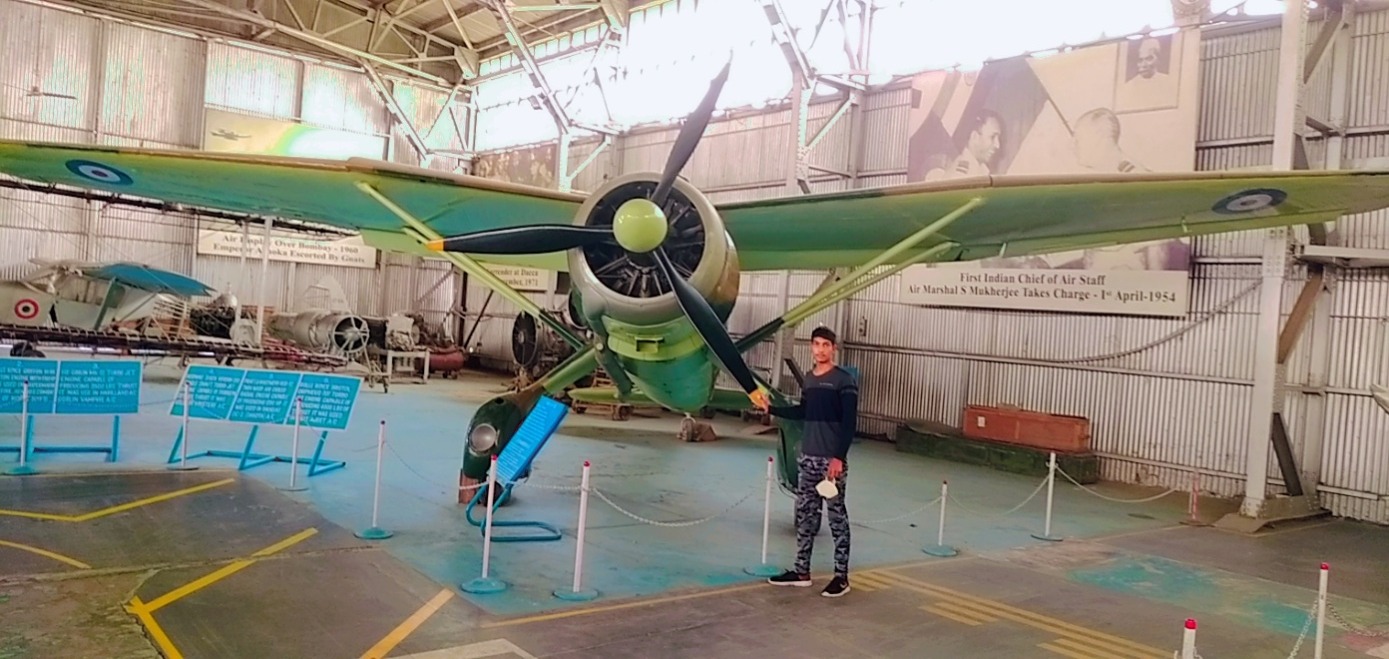Fresh SSB batches starts 1st & 15th of every month.
India's Territorial and Sea Boundary Disputes
"Borders are not just lines on a map; they reflect history, emotion, and national pride."
Introduction India, being a large country with a vast landmass and coastline, shares borders with multiple countries. Over the years, historical, political, and strategic reasons have led to territorial and maritime boundary disputes with several neighbors. While India has resolved some issues through diplomacy, a few disputes continue to affect regional stability and relations.
Territorial Disputes 🗺️
India-China - Aksai Chin (Ladakh): Occupied by China since the 1962 war, India claims it as part of its territory.
- Arunachal Pradesh: China claims it as "South Tibet", while it is an integral part of India.
- Frequent clashes along the Line of Actual Control (LAC), especially after the 2020 Galwan Valley clash.
🗺️
India-Pakistan - Jammu & Kashmir: The most significant and prolonged dispute.
- Pakistan controls PoK (Pakistan-occupied Kashmir), while India claims it entirely.
- Siachen Glacier: World's highest battlefield, controlled by India but claimed by Pakistan.
🗺️
India-Nepal - Kalapani, Lipulekh, and Limpiyadhura: Claimed by Nepal, shown in Indian territory based on historical treaties.
- The issue escalated after Nepal released a new political map in 2020.
🗺️
India-Bangladesh - Resolved: Land boundary dispute settled in 2015 through the Land Boundary Agreement (LBA).
- 162 enclaves were exchanged, resolving a decades-old humanitarian issue.
Maritime/Sea Boundary Disputes 🌊
India-Bangladesh - Resolved: The maritime dispute in the Bay of Bengal was peacefully resolved in 2014 through a UN tribunal verdict, which favored Bangladesh.
🌊
India-Sri Lanka - Katchatheevu Island: A small island given to Sri Lanka in 1974 by India, still contested by Tamil Nadu fishermen and politicians.
- Fishermen Issue: Regular clashes and arrests due to crossing maritime boundaries in Palk Strait for fishing.
🌊
India-Maldives & India-Indonesia - No major disputes, but maritime boundary coordination continues to avoid overlapping Exclusive Economic Zones (EEZs).
Impact of These Disputes ❌ Strained diplomatic relations with neighbors
❌ Increased military deployments and tension in border areas
❌ Obstruction in regional connectivity and trade
❌ Humanitarian issues for local populations near the borders
Way Forward ✅ Strengthening diplomatic dialogues and confidence-building measures
✅ Peaceful resolution through international law and UN mechanisms
✅ Engaging in joint patrols and maritime cooperation with neighbors
✅ Ensuring border development and welfare of border populations
Conclusion India’s territorial and maritime disputes are deeply rooted in history, colonial legacy, and strategic concerns. While some have been resolved peacefully, others require continued diplomatic efforts, mutual trust, and commitment to peaceful coexistence. Upholding sovereignty while pursuing peace remains the cornerstone of India's border policy.
